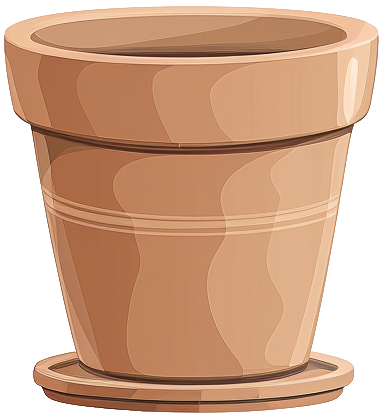- philodendron
- 'rojo congo'

philodendron
'rojo congo'
'rojo congo'
Care level
Medium
Popularity
Popular
This striking houseplant stands out with its dark purple-brown stems and brown-maroon young leaves that create a stunning contrast against its mature dark green foliage. What makes it extra special is its vigorous growth habit and impressive aerial roots with distinctive red zones, making it perfect for plant lovers who enjoy dramatic tropical vibes in their space.
Care & maintenance
Light
Bright light, usually located near windows but doesn't receive direct rays for more than an hour during the day.
Temperature
Wide range (59°F - 86°F)
Fertilization frequency
Moderate
Monthly during the growing period.
Soil
Choose a Tropical plant mix: A rich, moisture-retentive blend with good aeration. Mimics the natural forest floor environment of tropical regions.
If you want to create your own substrate, you can make a mixture of the following soils:








Click on the soil name for more information.
Pot

Standard size
Prefer a pot with a classic width/depth ratio.
Incorrect or incomplete information?
In our goal of building the best plant database, we sometimes make mistakes or have incomplete information. You can help us fill these gaps!
Features
Size & growth
Large
Upright
Moderate growth
This plant grows at a moderate rate. It can reach 3 to 6 feet in height or spread.
It grows upwards without support.
Toxicity
| Human | |||
|---|---|---|---|
| Cat | |||
| Dog |
Reproduction & propagation
Fruits & flowers
Flowering & not self-pollinating
The philodendron rojo congo can produce flowers and therefore fruits.
This plant is not capable of self-pollination, it will not be able to produce fruits if it is not pollinated by another individual.
